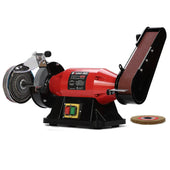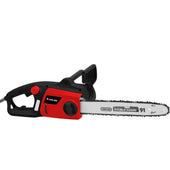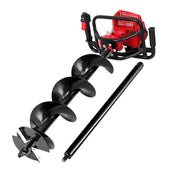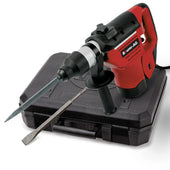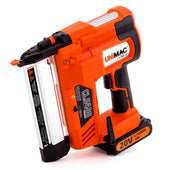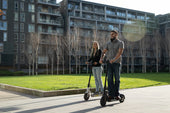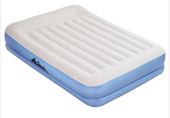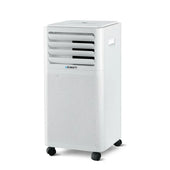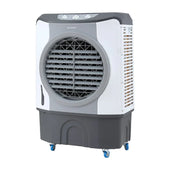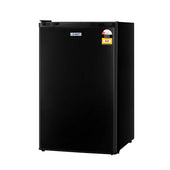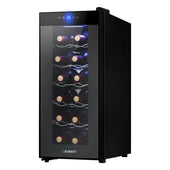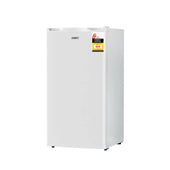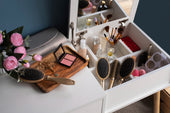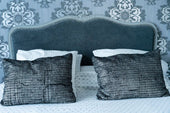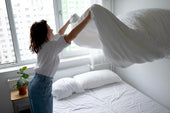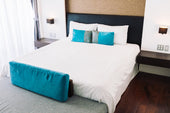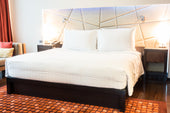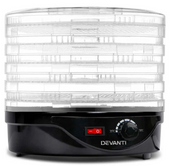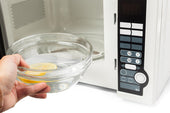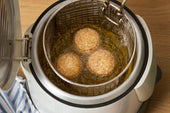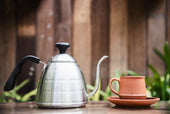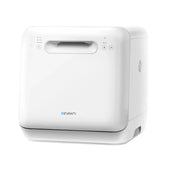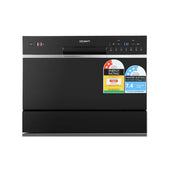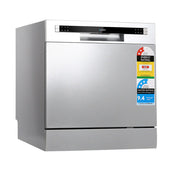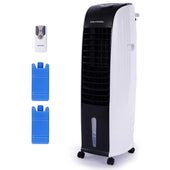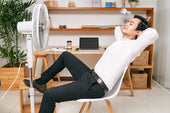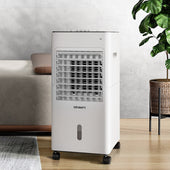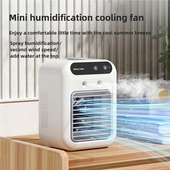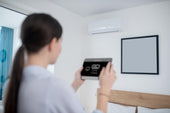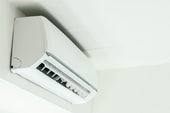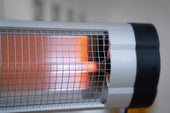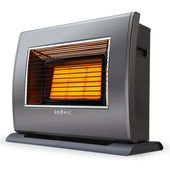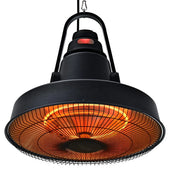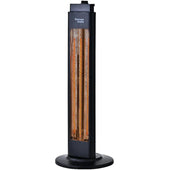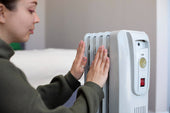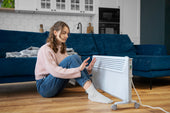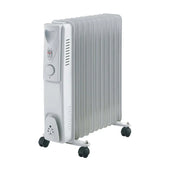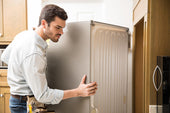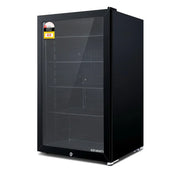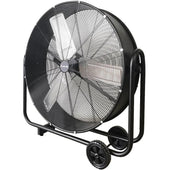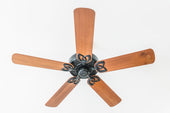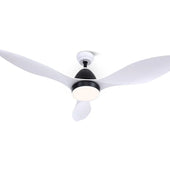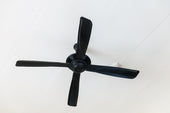Introduction: Why Durability Matters in Outdoor Sofas
Outdoor sofas face constant exposure to harsh elements such as sunlight, rain, wind, and fluctuating temperatures. Unlike indoor furniture, they require materials explicitly designed to withstand prolonged environmental stress. Durability ensures these pieces maintain structural integrity and aesthetic appeal over time, which reduces the need for frequent replacements.
High-quality, weather-resistant materials allow outdoor sofas to resist fading, warping, and corrosion. Durability also translates to better value for homeowners who seek long-lasting investments. Furthermore, withstanding heavy use from gatherings or relaxation adds to their practicality. Selecting durable materials enhances comfort, functionality, and the overall longevity of outdoor living spaces.
Understanding the Challenges of Outdoor Environments
Outdoor sofas must contend with several environmental factors that impact their longevity and performance. Exposure to sunlight, rain, wind, and temperature fluctuations can degrade materials over time. Outdoor Sofas & Lounge Sets are particularly vulnerable, as UV rays often discolour fabrics and weaken synthetic fibres, while excessive moisture promotes mould and rust. Seasonal changes, including freezing winters or scorching summers, may cause warping, cracking, or fading of less durable materials. Strong winds can shift lightweight furniture, potentially causing damage. Additionally, airborne pollutants and dirt may accumulate, requiring frequent cleaning. Selecting materials designed to resist these environmental stresses is essential to maintain aesthetics and functionality in outdoor spaces..
Top Material for Frames: Aluminium and Its Benefits
Aluminium is a popular choice for outdoor sofa frames due to its remarkable properties. This lightweight material simplifies transportation and arrangement, making it more practical than heavier alternatives. As seen in collections available on during days, it is inherently resistant to corrosion, ensuring durability in outdoor conditions, including rain and humidity.
Benefits of Aluminium Frames:
- Rust Resistance: Unlike steel, aluminium withstands moisture without rusting.
- Low Maintenance: Requires minimal cleaning and upkeep to maintain appearance.
- High Strength-to-Weight Ratio: Offers durability without added bulk.
- Eco-Friendly: Aluminium is recyclable, supporting sustainability efforts.
With its sleek finish, aluminium complements modern designs while remaining functional for outdoor use.
Wooden Frames: Teak, Eucalyptus, and Other Hardwoods
When choosing materials for outdoor sofa frames, hardwoods such as teak and eucalyptus offer outstanding durability and resistance to environmental elements. Teak is prized for its natural oils, which repel water and prevent decay, making it ideal for humid or rainy climates. Eucalyptus provides excellent strength and a stylish finish but requires regular oiling to maintain its appearance and moisture resistance.
Other hardwoods, like acacia or mahogany, combine elegance with structural integrity. These materials often resist warping and cracking under varying temperatures. When selecting wooden frames, look for certifications such as FSC to ensure sustainable sourcing.
The Strength of Steel and Wrought Iron Construction
Steel and wrought iron are valued for their exceptional durability, making them ideal materials for outdoor sofa frameworks. These metals resist bending and warping under pressure, ensuring structural integrity over time. Steel is often galvanised or powder-coated to combat rust, while wrought iron’s natural resistance adds longevity.
Outdoor sofas crafted from these materials offer stability and withstand diverse weather conditions, including rain and high winds. Their heavier weight reduces the risk of displacement in storms. However, additional maintenance, such as periodic paint touch-ups, may be required to prevent corrosion and preserve appearance.
Weaving Wonders: Wicker and Rattan Material Explained
Wicker and rattan, often used interchangeably, actually refer to two related yet distinct concepts. Wicker describes the weaving technique, while rattan is a specific natural material derived from tropical palm plants. Rattan’s strength and flexibility make it ideal for crafting outdoor furniture. It is lightweight, resilient, and adapts well to intricate designs.
Outdoor wicker furniture can be crafted from either natural rattan or synthetic fibres, such as resin wicker. Synthetic wicker is weather-resistant, more durable, and better suited for harsh climates. Proper maintenance includes regular cleaning and suitable covers to protect materials from prolonged UV exposure and moisture damage.
Cushion Fabrics: Weather-Resistant Materials Like Sunbrella
When choosing outdoor sofa cushions, selecting high-performance fabrics is essential to withstand various weather conditions. Weather-resistant materials, such as Sunbrella, offer excellent durability and protection against the elements. These fabrics are designed to resist fading caused by prolonged UV exposure, ensuring the cushions retain their vibrant colours over time.
Additionally, they are treated to repel water, making them mould- and mildew-resistant, which is crucial for outdoor settings. Sunbrella fabric is also breathable, allowing quick drying after rain. Its easy-to-clean nature makes it practical, even in high-traffic areas or messy environments. Investing in such materials ensures long-lasting comfort and performance.
Polyethylene and Resin: Modern Synthetics for Longevity
Polyethylene and resin are synthetic materials prized for their incredible durability and resistance to environmental factors. Outdoor sofas crafted from high-density polyethylene (HDPE) present superior advantages, such as resistance to cracking, UV rays, and extreme temperatures. Resin, often used in wicker-style furniture, is designed to mimic natural rattan while offering far greater resilience against moisture and mould.
Benefits of Polyethylene and Resin
- Weather Resistance: Both materials withstand harsh weather, including rain and snow.
- Low Maintenance: They require minimal cleaning, often just soap and water.
- Eco-Friendly Options: HDPE can be made from recycled plastics.
These synthetics combine functionality with modern aesthetics, ensuring lasting use.
The Role of UV Protection in Preventing Colour Fading
UV radiation poses a significant threat to the longevity of outdoor furniture, particularly in maintaining vibrant colours. Prolonged exposure to sunlight causes fabrics, paints, and finishes to fade, diminishing the aesthetic appeal. To combat this, manufacturers incorporate UV-resistant materials designed to withstand harsh sunlight.
Key features to look for in UV-protected outdoor sofas include:
- UV-resistant fabrics: These are specially treated to minimise colour loss.
- Protective coatings: Applied to materials like wood or metal to prevent fading and cracking.
- Fade-resistant dyes: Increase longevity of upholstered sections.
Using UV-protected furniture not only enhances durability but also reduces the need for frequent replacements, ensuring both cost-efficiency and sustained visual appeal over time.
Rust and Corrosion-Resistant Coatings for Metal Elements
Rust and corrosion-resistant coatings play a critical role in prolonging the lifespan of metal components in outdoor sofas. Metal frames, such as aluminium and steel, are exposed to moisture, temperature fluctuations, and other environmental factors that can lead to deterioration over time. Protective finishes, such as galvanisation and powder coating, are commonly applied to prevent rust formation.
Galvanised metal offers a zinc barrier that shields the surface from oxygen and moisture. Powder coating, on the other hand, forms a durable, decorative layer resistant to chipping and fading. Regular maintenance ensures these coatings remain intact, preserving the sofa’s integrity in varying weather conditions.
How Proper Care Extends the Lifespan of Outdoor Sofas
Regular maintenance is key to preserving outdoor sofas. Cleaning with a soft brush or cloth removes dirt, debris, and mildew, preventing material degradation. Cushion covers should be washed as per manufacturer instructions to maintain fabric integrity.
To protect sofas from harsh weather, invest in high-quality waterproof covers or move furniture to sheltered areas during storms. Periodic checks for rust, fading, or cracks allow timely repairs, avoiding further damage.
For wooden sofas, apply sealants or protective oils to shield surfaces from moisture and UV exposure, while metal frames benefit from rust-proof paint touch-ups. Consistent care ensures durability and extended usability.
Comparing Price vs. Longevity: Selecting the Best Value
When choosing outdoor sofas, evaluating price against longevity is crucial in determining overall value. Materials like teak, aluminium, and wrought iron may have higher upfront costs but offer superior durability, resisting wear over time. Conversely, more affordable choices such as softwoods or plastic may not withstand weather exposure as effectively, leading to frequent replacements.
- High initial investment materials:
- Teak: Resists rotting and requires minimal upkeep.
- Aluminium: Lightweight and rust-resistant.
- Wrought iron: Durable but may need periodic rust protection.
- Budget-friendly options:
- Softwoods: Vulnerable to water and fading.
- Plastic: Prone to warping under extreme heat.
Balancing durability with maintenance requirements and cost ensures the optimal long-term investment.
Sustainability and Eco-Friendly Choices in Outdoor Sofa Materials
Sustainable outdoor sofa materials prioritise environmental responsibility while maintaining durability and aesthetics. Eco-conscious buyers can choose from a range of options that minimise ecological impact:
- Recycled Plastics: Materials like HDPE (high-density polyethylene) are made from reclaimed plastics, offering weather resistance and reducing landfill waste.
- Bamboo: Rapidly renewable and biodegradable, bamboo is a strong yet eco-friendly choice for frames. Proper treatment ensures resistance to outdoor elements.
- Wood from Certified Sources: FSC-certified wood guarantees sustainable forestry practices. Options like teak are long-lasting and naturally weather-resistant.
- Natural Fibres: Outdoor cushions crafted from organic fabrics like hemp or linen reduce reliance on synthetic alternatives. Eco-friendly coatings enhance durability.
By incorporating such materials, buyers can enjoy stylish outdoor furniture while supporting sustainability initiatives.
Expert Tips for Maintaining Your Outdoor Sofa Year-Round
- Use Protective Covers: Invest in high-quality, weather-resistant covers to shield sofas from rain, dirt, and UV rays. Choose breathable materials to prevent mould and mildew.
- Clean Regularly: Dust or wipe surfaces weekly with a damp cloth to prevent debris build-up. For deep cleaning, use a mild soap solution and a soft brush; avoid abrasive cleaners.
- Store Cushions Indoors: Remove cushions during heavy rain or snowfall. Storing them in a dry, ventilated space ensures they remain fresh and free from moisture damage.
- Check for Rust: For metal frames, inspect for rust spots. Treat promptly with rust-resistant paint or sealants to avoid structural weakening.
- Rotate Placement: Rearrange the furniture periodically to minimise uneven wear caused by sunlight or heavy use in specific areas.
Conclusion: Investing in Quality Materials for Long-Term Comfort
Opting for high-quality materials in outdoor sofas ensures both longevity and enduring comfort. Materials such as teak, aluminium, or synthetic wicker are renowned for their durability, withstanding exposure to rain, sun, and temperature fluctuations. Cushion fillings like quick-dry foam provide added resilience against moisture, while UV-resistant fabrics help retain colour and texture over time. Proper care, including regular cleaning and protective covers, can further extend the life of these materials. By prioritising durability and comfort, one can reduce replacement costs and enjoy a more sustainable choice. This approach balances aesthetics, practicality, and long-term value effectively.


